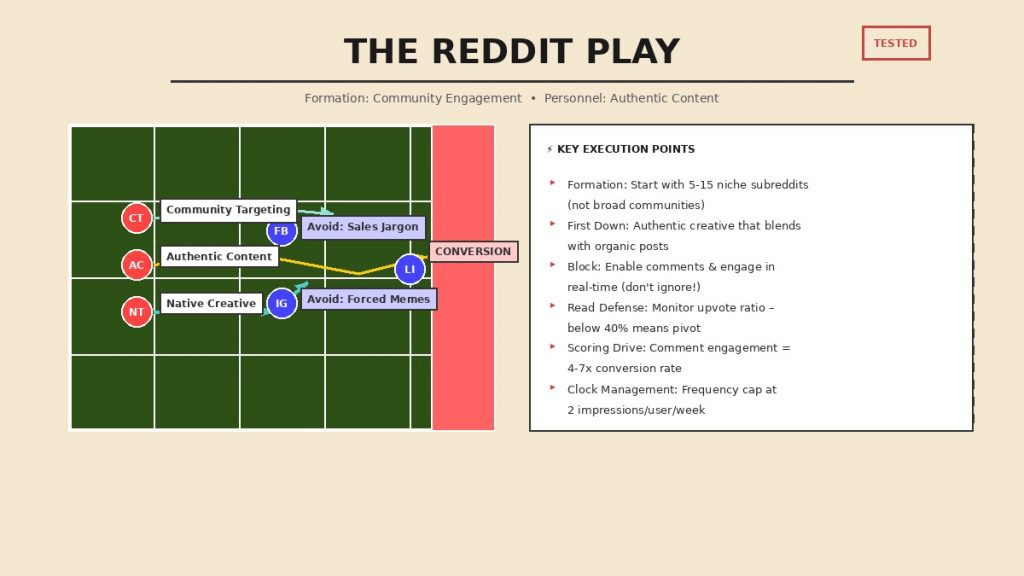Analyst relations (AR) remains one of the most misunderstood yet impactful functions in tech communications. In a recent episode of Bospar’s Politely Pushy® podcast, host Eric Chemi sat down with AR experts at Bospar, Brandy Patton-Miller and AJ Jean, to unpack what analyst relations really means, how it differs from traditional PR and why startups and disruptors should invest in it early.
Building credibility through analyst relationships
The fundamental distinction between AR and PR: while PR focuses on storytelling to broad media audiences, AR targets a more specialized group. “It’s a similar engine, but different audiences,” Patton-Miller explained, highlighting that PR aims to reach readers and the general public, whereas AR directly engages industry analysts whose research influences buyer decisions. These analysts are the leading experts from firms like Gartner, Forrester and IDC who produce market reports that shape entire sectors.
Jean expanded on this, noting that analysts can create “really helpful research reports that guide the industry in their own silent way.” Unlike media coverage, which often generates fast-turn news, analyst relations requires a longer-term mindset focused on deep insights combined with sustained influence and thoughtful collaboration.
Many startups initially misunderstand AR or assume it’s only relevant for large enterprises. Patton-Miller stressed the opposite: “It’s so much easier to start talking to analysts early and proactively, letting them hear from you rather than about you.” For companies trying to disrupt markets or define new categories, this early engagement helps shape the narrative before competitors dominate the conversation.
AR is not pay-to-play (at least, not entirely)
Chemi raised the question many clients quietly wonder: Isn’t analyst influence just pay-to-play? Patton-Miller and Jean explained that while top firms do have high fees, there is a vast ecosystem of smaller, niche analysts — many former big-firm analysts themselves — who provide highly targeted, affordable coverage.
“There are also thousands of analyst firms that are often led by former Gartner or Forrester analysts who are deeply connected to their industry,” said Patton-Miller. “It might not be a case of getting in front of the biggest names, but getting in front of the niche firms that are really well-versed in your industry.”
Behind the scenes: AR takes research, alignment and translation
Behind the scenes, AR is a rigorous and nuanced process, requiring extensive research, messaging refinement and alignment among product teams, customer success and leadership. “It takes a lot of intentional effort on the client side behind the scene to make sure the product roadmap and messaging tie together,” said Patton-Miller.
Measuring success in analyst relations
Measuring AR success differs from traditional PR. Short-term wins might include being invited to participate in a major analyst report or positive feedback during briefings. However, long-term success is about shifting category perception and influencing buyers — a process that can take multiple briefing cycles and months or even years to fully materialize. There’s a snowball effect that accumulates over time.
AR and PR work together— but aren’t the same
A frequent misconception is that AR and PR can be managed the same way. “They play nicely together — but they can’t take the same approach as it doesn’t translate directly,” said Patton-Miller. AR is a longer lead effort, added Jean, centered on building trust and influence gradually, compared to the more immediate results often sought in PR campaigns.
Final advice for companies starting their AR journey
For companies beginning AR programs, the team advised first ensuring internal alignment across messaging, product roadmaps and vision. Before you brief an analyst, “make sure your ducks are in a row,” noted Patton-Miller, and that you have consistent material to share.
“It’s a matter of building on these relationships,” said Jean. “As you continue to grow and talk to these analysts, they’ll be more apt to include you in their reporting. It’s an ongoing effort that applies to any company, whether small or big.
It is much easier to begin talking to analysts as a startup, instead of waiting until the firm is more established. It gives you a chance to shape the messaging as you grow, explained Patton-Miller.
Analyst relations isn’t a quick fix but a vital long-term investment for any company serious about credibility and market influence. Whether you’re a startup looking to define a new category or a growth-stage company positioning for acquisition or investor interest, AR programs complement PR efforts by building lasting relationships with the people who shape industry narratives.




